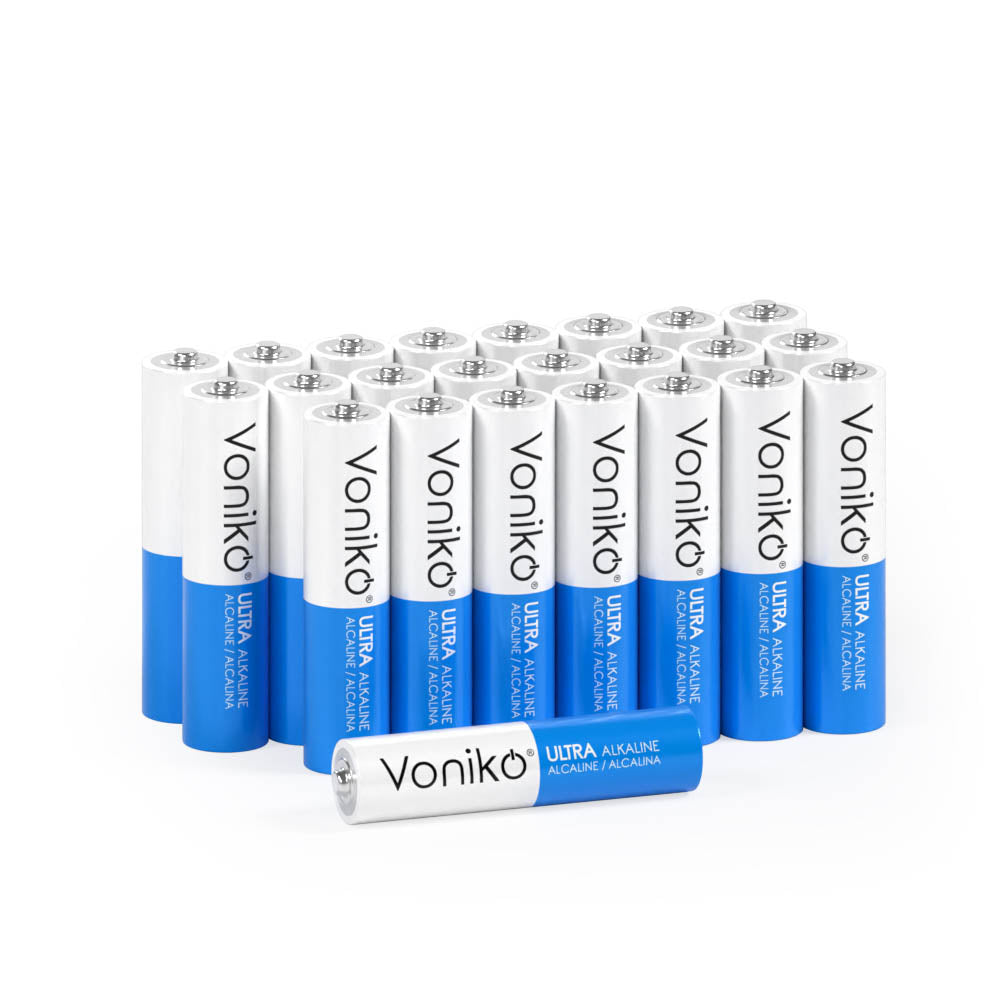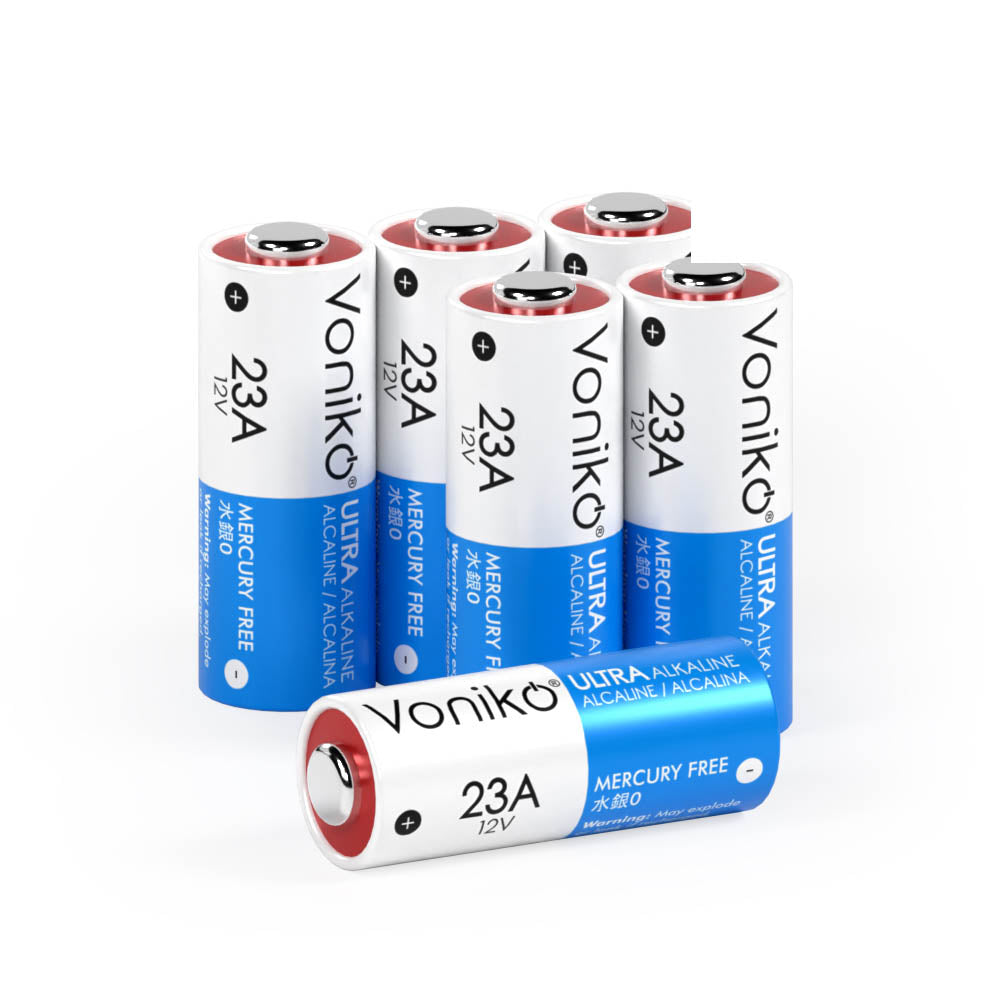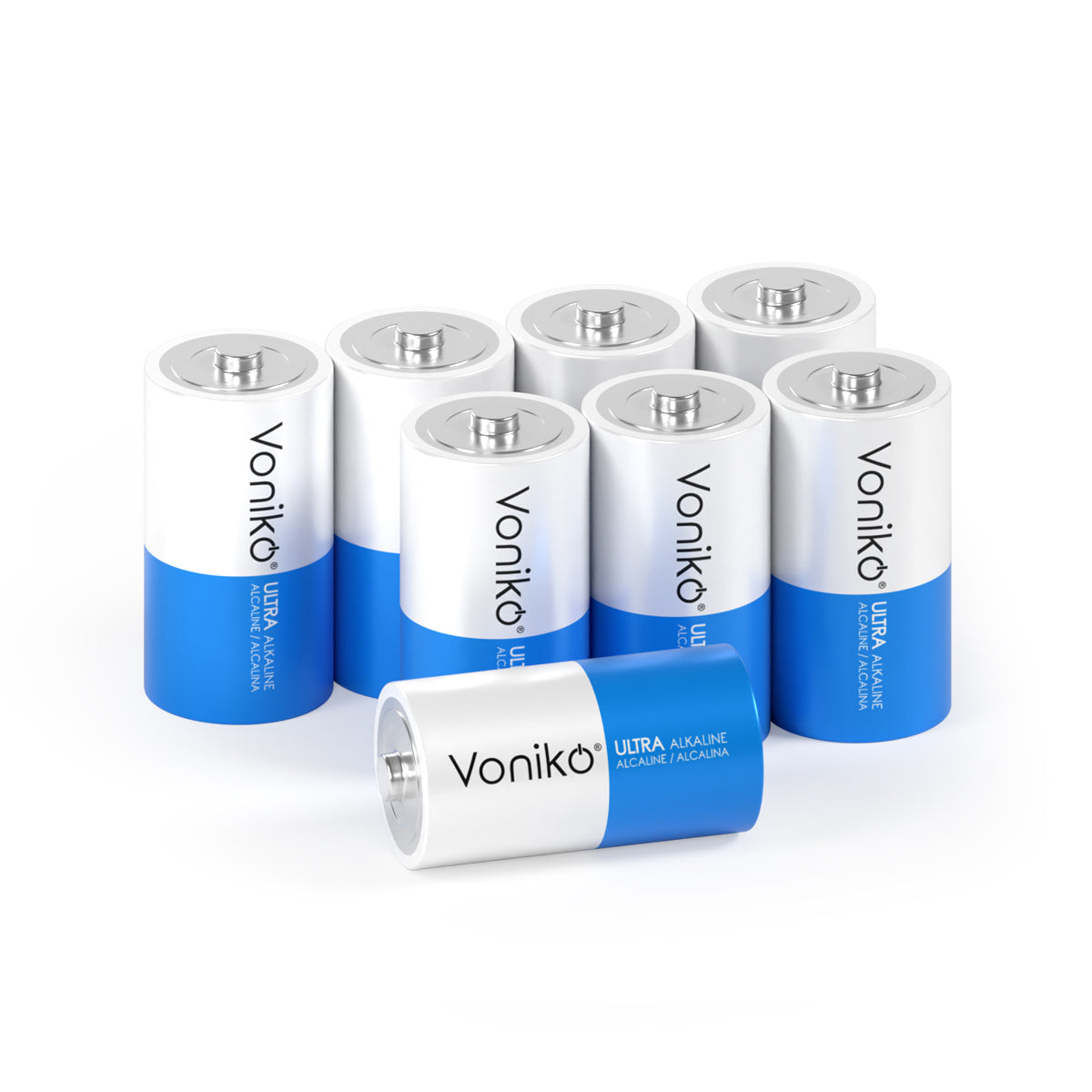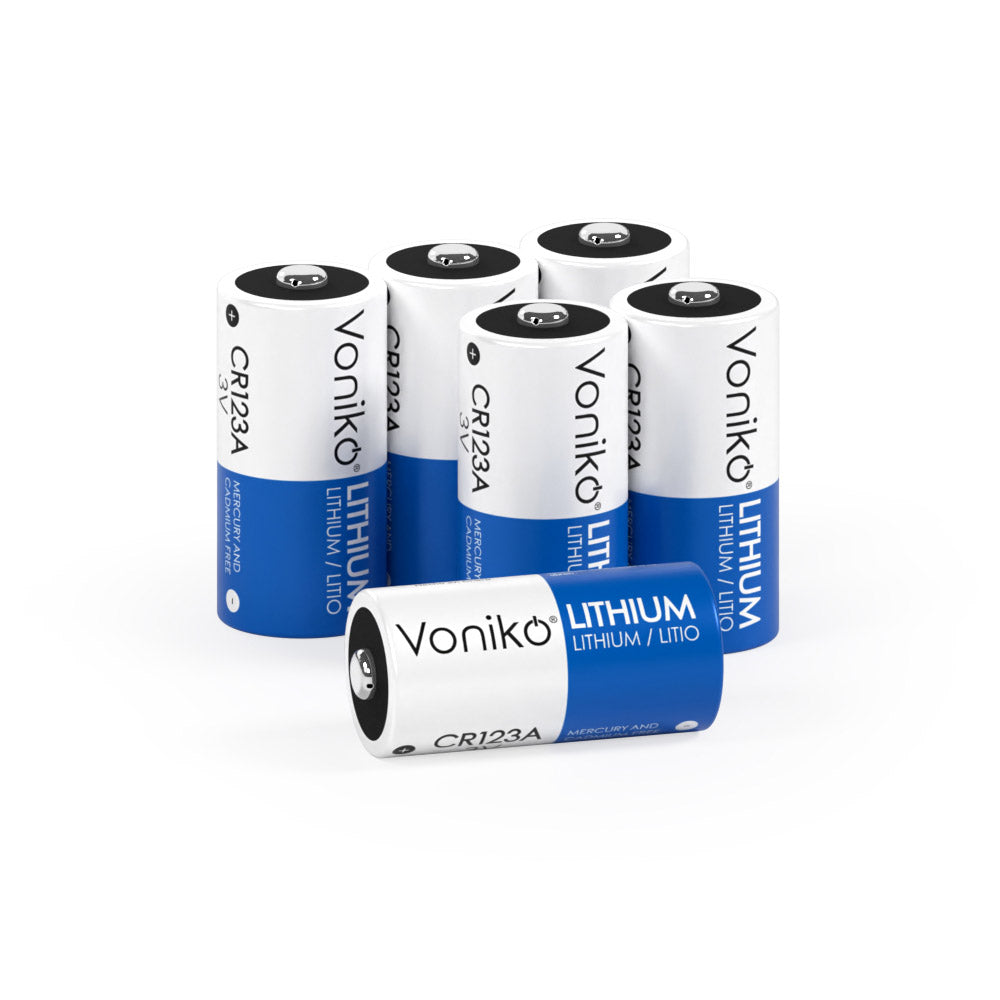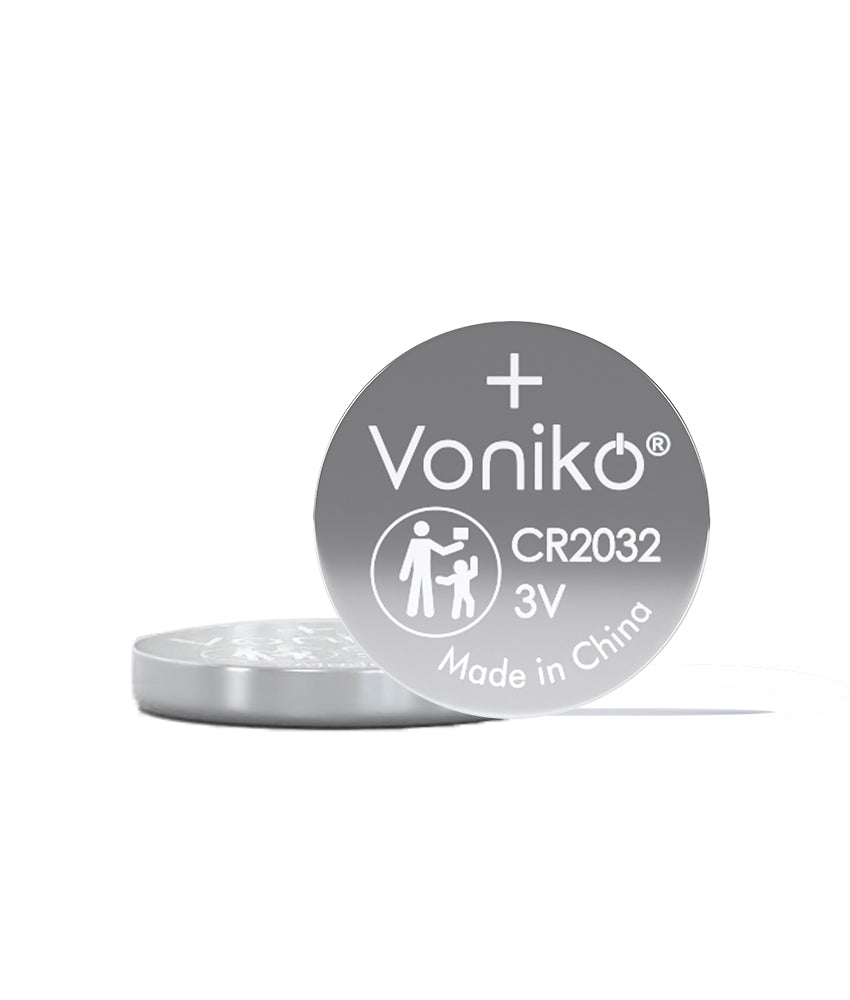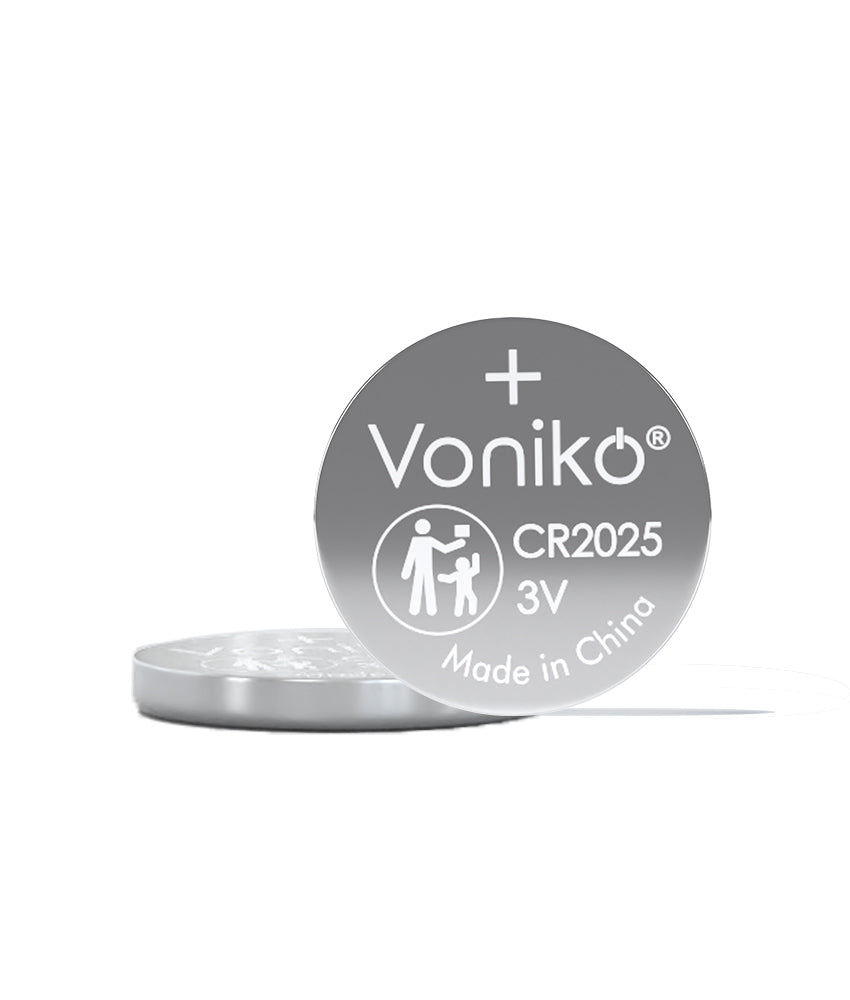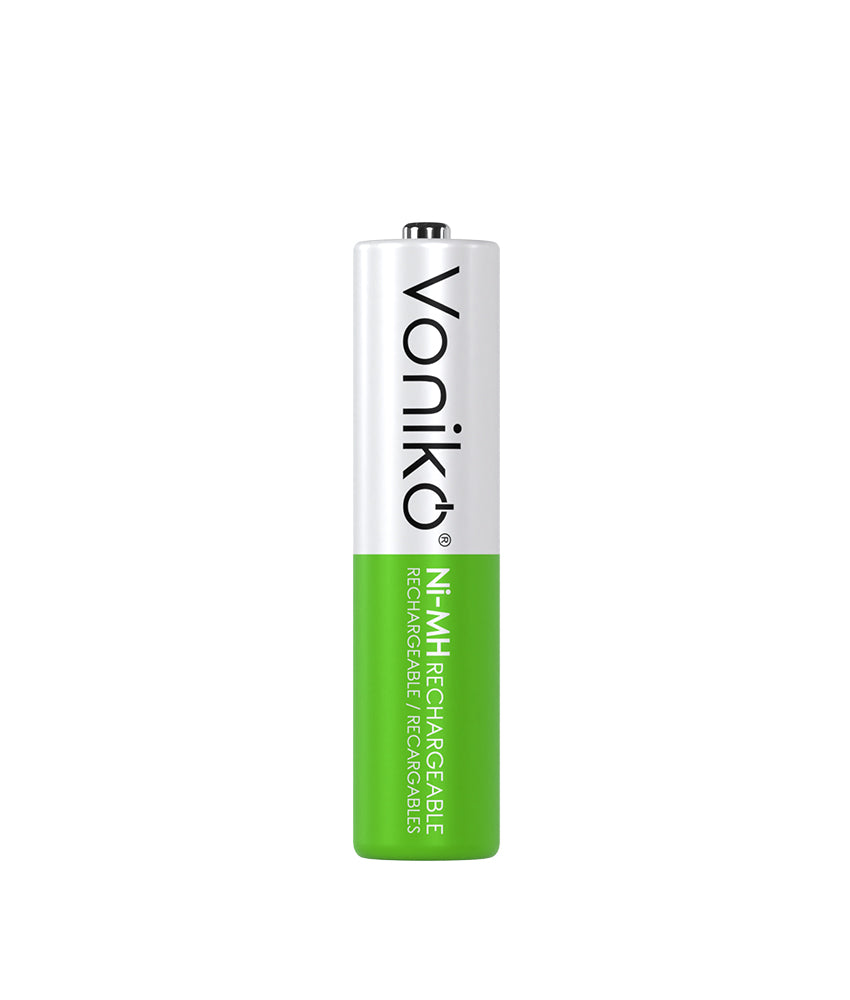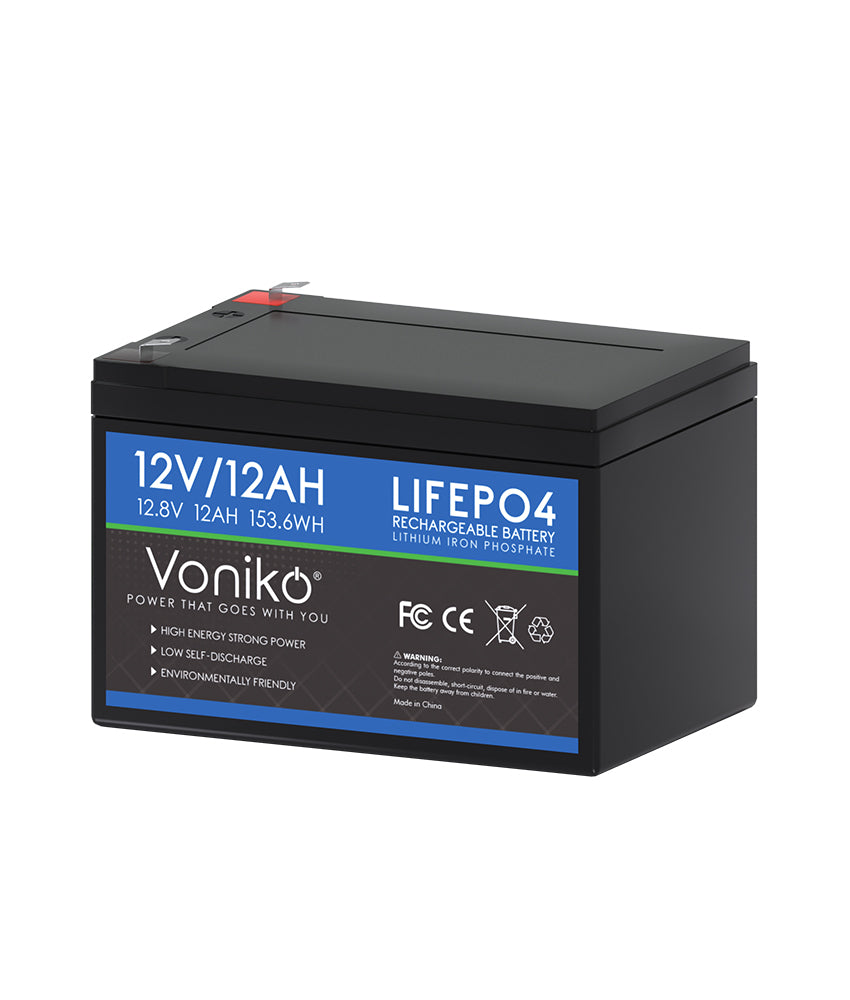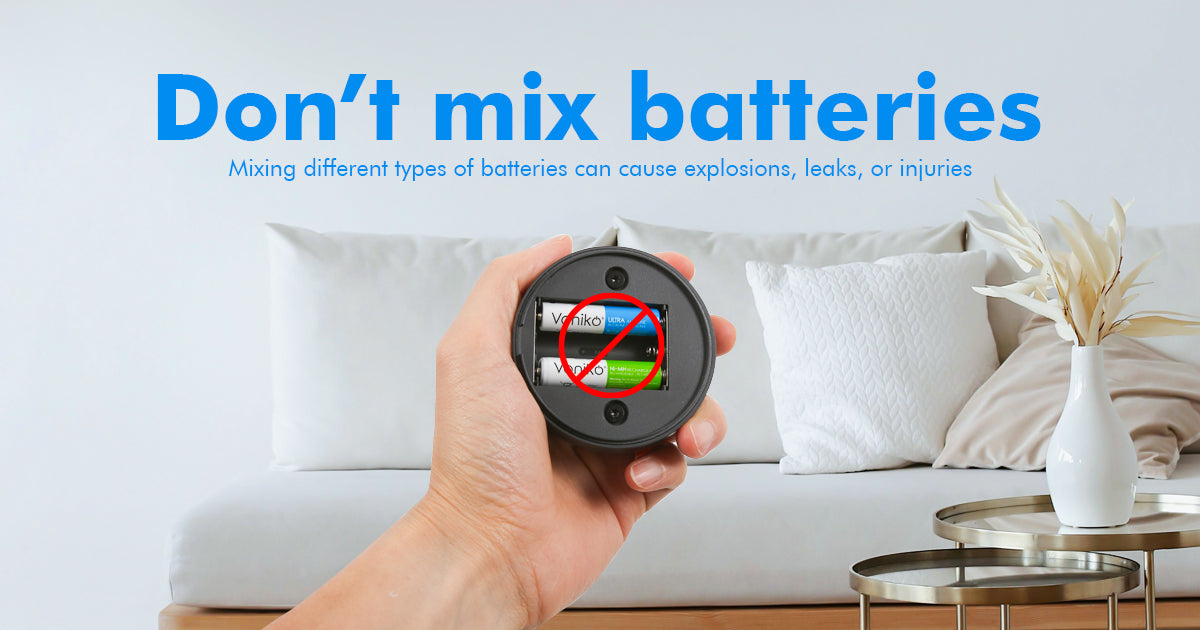We've all grabbed a pack of batteries from the store without giving it much thought. But behind those small power sources lies a fascinating story of innovation that changed how we live. The alkaline battery invention revolutionized portable electronics and made countless devices we use daily possible. From remote controls to digital cameras, these little powerhouses keep our world running.

When we look back at battery history, the alkaline battery stands out as a game-changer. Before its invention, people struggled with short-lived, unreliable batteries that couldn't keep up with growing technology demands. The story of how a Canadian engineer named Lewis Urry transformed this landscape is one of persistence, creativity, and a simple demonstration with toy cars that convinced skeptical managers to bet on the future.
Who Invented the Alkaline Battery?
Lewis Frederick Urry, creator of the world's first long-lasting alkaline battery, was born in Canada in the city of Pontypool, Ontario, on January 29, 1927. This chemical engineer would go on to create something that powers billions of devices around the world today.
After graduating from the University of Toronto in 1950 with a degree in chemical engineering, Urry joined the Eveready Battery Company. He relocated to parent company Union Carbide's Parma, Ohio laboratory in 1955, to experiment with alkaline materials. The company had a specific mission for him: improve the short lifespan of their zinc-carbon batteries that were hampering sales.
But Urry took an unexpected approach. Rather than improve on the current version of the zinc-carbon battery, he thought he would try cells that used an alkaline material. While others had experimented with alkaline components, no one had been able to find a way to make them cost-effective. This bold decision to start from scratch rather than incrementally improve existing technology would prove to be brilliant.
Urry wasn't working alone. When he filed the patent on October 9, 1957, two colleagues—Karl Kordesch and P.A. Marsal—received equal credit for their contributions. The patent was granted on November 15, 1960, and assigned to Union Carbide Corporation.
The Breakthrough: Powdered Zinc Changes Everything
The key to Urry's success lay in his choice of materials and a critical innovation. He found that using zinc and manganese dioxide electrodes alongside an alkaline material that served as the electrolyte, or conducting material, was the perfect setup.

However, his initial prototype had a problem. While it lasted longer than zinc-carbon batteries, it couldn't match their power output. Urry needed to solve this issue to make his invention commercially viable.
The breakthrough came in his idea to use powdered zinc instead of solid zinc as the batteries' anode, or positive pole, to the manganese dioxide's cathode, or negative pole. This simple but revolutionary change increased the reactive surface area of the anode, dramatically improving the battery's power output. Years later, Urry recalled his eureka moment: using powdered zinc would give more surface area, which was exactly what the battery needed.
This innovation allowed alkaline batteries to deliver both longer life and higher power—a combination that zinc-carbon batteries simply couldn't match. At Voniko Batteries, we continue this legacy of innovation by providing high-quality alkaline batteries that power modern devices efficiently.
The Famous Toy Car Demonstration
Inventing a better battery was one thing. Convincing management to invest in production was another challenge entirely. Urry came up with a clever demonstration that would become legendary in battery industry lore.
To sell the idea to his managers, Urry put the battery in a toy car and raced it round the canteen against a similar car with one of the older batteries. The result was dramatic. The car powered by the conventional zinc-carbon battery barely made it across the cafeteria floor before dying. Meanwhile, the one with Urry's battery went back and forth for so long that lab workers who cheered it on got bored and went back to their offices.
The demonstration was so convincing that management immediately greenlit the project. His new invention had many times the durability, and Eveready began production of Urry's design in 1959. The first commercial alkaline batteries hit store shelves that same year, forever changing the portable power landscape.
Early History of Alkaline Batteries
While Lewis Urry created the modern alkaline battery we know today, the concept of alkaline electrolytes in batteries dates back much earlier. Understanding this history helps us appreciate Urry's achievement.

Batteries with alkaline (rather than acid) electrolyte were first developed by Waldemar Jungner in 1899, and, working independently, Thomas Edison in 1901. These early alkaline batteries used different chemistry than modern ones—typically nickel-iron or nickel-cadmium combinations.
Edison's work on alkaline batteries was particularly noteworthy. He developed alkaline storage batteries intended for electric vehicles, which were popular in the early 1900s. Edison patented the Alkaline Battery on July 31, 1906. However, these early alkaline batteries faced challenges. They were expensive to produce, and by the time Edison perfected his design, gasoline-powered internal combustion engines had already won the automotive market.
For about 50 years, alkaline battery technology remained relatively dormant. In the early 1950s, zinc-carbon batteries were most commonly used. They were unpopular, however, for small devices such as toys because they only lasted for a few minutes. This created a perfect opportunity for innovation—one that Lewis Urry would seize.
How Alkaline Batteries Work
The chemistry behind alkaline batteries makes them superior to their zinc-carbon predecessors in several ways. An alkaline battery is a type of primary battery where the electrolyte (most commonly potassium hydroxide) has a pH value above 7. Typically, these batteries derive energy from the reaction between zinc metal and manganese dioxide.
The alkaline battery gets its name because it has an alkaline electrolyte of potassium hydroxide (KOH) instead of the acidic ammonium chloride (NH4Cl) or zinc chloride (ZnCl2) electrolyte of the zinc–carbon batteries. This fundamental difference in chemistry delivers multiple advantages.
Key components of alkaline batteries include:
- Anode (negative terminal): Powdered zinc
- Cathode (positive terminal): Manganese dioxide
- Electrolyte: Potassium hydroxide solution
- Separator: Non-woven material that prevents short circuits
The chemical reaction in an alkaline battery produces electrical energy more efficiently than zinc-carbon batteries. Compared with zinc–carbon batteries, alkaline batteries have a higher energy density and longer shelf life yet provide the same voltage. This makes them ideal for both high-drain devices like digital cameras and low-drain devices like remote controls.
Alkaline Battery vs Zinc-Carbon: The Key Differences
When the alkaline battery hit the market, it represented a massive leap forward from zinc-carbon technology. The differences between these two battery types explain why alkaline batteries quickly dominated the market.
Alkaline batteries last five to eight times longer than their zinc-carbon predecessors. But longevity wasn't the only advantage. This new battery technology dominated zinc-carbon cells with their much higher capacity and power capability, producing about 3 to 5 times the energy of a dry zinc-carbon cell of the same size.
| Feature | Alkaline Battery | Zinc-Carbon Battery |
|---|---|---|
| Electrolyte | Potassium hydroxide (alkaline) | Ammonium chloride or zinc chloride (acidic) |
| Energy Density | 4-5 times higher | Lower |
| Shelf Life | Up to 10 years | 2-3 years |
| Best Use | High-drain devices (cameras, toys) | Low-drain devices (clocks, remotes) |
| Temperature Performance | Better in extreme temperatures | Poor below 0°C |
| Leakage Risk | Lower | Higher |
The superior performance of alkaline batteries comes at a slightly higher price point. However, their longer lifespan and better performance make them more cost-effective for most applications. For more insights on battery choices, check out our guide on lithium vs alkaline batteries.
The Commercial Success and Impact
The commercial launch of alkaline batteries in 1959 marked the beginning of a revolution in portable electronics. In 1959, alkaline batteries made their debut in the market. Their introduction marked a turning point in the energy industry.
Initially, Union Carbide was cautious about promoting the new technology. They marketed it as "Eveready Alkaline Energizer—the Long Life Power Cell" but continued to focus most marketing efforts on traditional zinc-carbon batteries. This allowed competitor Duracell to gain significant market share by aggressively promoting alkaline technology throughout the 1960s and 1970s.
In 1980, the brand was renamed Energizer. This rebranding coincided with more aggressive marketing and product improvements. The timing was perfect—portable electronics were exploding in popularity, and alkaline batteries were ideally suited to power them.
This invention of the long-life alkaline battery – a cheap and reliable product – spurred a revolution in the development of portable consumer devices. Alkaline battery cells could now be used to power devices like the Walkman, cordless razors, remotes, flashlights, and other household appliances and office equipment.
By 2011, alkaline batteries had achieved remarkable market dominance. As of 2011, alkaline batteries accounted for 80% of manufactured batteries in the US and over 10 billion individual units produced worldwide. Today, an estimated 80% of the dry-cell batteries in the world today are based on Urry's work.
Continuous Improvements and Modern Alkaline Batteries
While Lewis Urry's original design was groundbreaking, the alkaline batteries we use today are far superior to those first 1959 models. Decades of incremental improvements have dramatically increased performance.

Modern alkaline batteries, due to technological improvements, can last as much as 40 times longer than the original prototype. These improvements came from refinements in materials purity, manufacturing processes, and electrode design.
One significant change involved mercury content. When alkaline batteries were introduced in the late 1960s, their zinc electrodes had a surface film of mercury amalgam. Its purpose was to control electrolytic action on impurities in the zinc; that unwanted electrolytic action would reduce shelf life and promote leakage. As environmental concerns grew, legislation mandated reductions in mercury content, forcing manufacturers to improve zinc purity and develop mercury-free formulations.
Today's alkaline batteries also benefit from advanced manufacturing techniques. Automation and precision engineering ensure consistent quality and performance. The batteries maintain their 1.5V nominal voltage while delivering more capacity and longer shelf life than ever before.
Lewis Urry's Legacy and Recognition
Lewis Urry's contributions extended far beyond the alkaline battery. Urry achieved a total of 51 patents over the course of his career, and is also credited with the invention of the lithium battery, which continues to grow in popularity today with its use in cell phones and cameras.
Urry became a U.S. citizen in 1960 and spent 54 years with the company, eventually working under the Energizer brand. Despite his massive impact on modern life, Urry remained humble about his achievements. His son recalled that Urry never bragged about his invention but took special pride around Christmas when there was a rush for batteries.
In recognition of his groundbreaking work, in 1999, Urry gave his first prototype battery, along with the first commercially produced cylindrical battery, to the Smithsonian Institution. These artifacts are displayed in the same room as Thomas Edison's light bulb—a fitting tribute to an invention that enabled the portable electronics revolution.
He retired in May of 2004 and died just a few months later on Oct. 19, at the age of 77. When he passed away, Dan Carpenter, Energizer's vice president and technology chief, honored him by saying that at Energizer, they refer to Lewis as the "Father of Alkaline."
Frequently Asked Questions
Who really invented the alkaline battery and when?
Lewis Urry invented the modern alkaline battery while working for Union Carbide's Eveready Battery division. He filed the patent on October 9, 1957, along with co-inventors Karl Kordesch and P.A. Marsal, and it was granted in 1960. However, early alkaline electrolyte batteries were developed by Waldemar Jungner in 1899 and Thomas Edison in 1901, though these used different chemistry than today's alkaline batteries.
What made Lewis Urry's alkaline battery invention so revolutionary?
Urry's breakthrough was using powdered zinc instead of solid zinc as the anode, which dramatically increased the reactive surface area and power output. This innovation, combined with manganese dioxide cathode and potassium hydroxide electrolyte, created batteries that lasted 5-8 times longer than zinc-carbon batteries and delivered 3-5 times more energy in the same size package.
How do alkaline batteries differ from regular batteries?
Alkaline batteries use potassium hydroxide (alkaline) as the electrolyte, while "regular" zinc-carbon batteries use acidic ammonium chloride or zinc chloride. Alkaline batteries deliver significantly higher energy density, last much longer, have better shelf life (up to 10 years vs 2-3 years), perform better in extreme temperatures, and are less prone to leakage than zinc-carbon batteries.
Are alkaline batteries still relevant in the age of lithium batteries?
Absolutely! While lithium-ion batteries dominate rechargeable applications like phones and laptops, alkaline batteries remain the best choice for many devices. They account for 80% of manufactured batteries in the US, with over 10 billion units produced annually worldwide. Their low cost, excellent shelf life, and reliability make them ideal for remote controls, flashlights, clocks, toys, and emergency equipment.
Why did it take so long for alkaline batteries to become popular after the early 1900s work by Edison?
Early alkaline batteries by Edison and Jungner were expensive to produce and designed primarily for electric vehicles and industrial uses. They weren't cost-effective for consumer applications. It wasn't until the 1950s that Urry developed a zinc-manganese dioxide chemistry that could be manufactured affordably and met the growing demand for portable consumer electronics like transistor radios and toys, creating the perfect market timing for widespread adoption.

